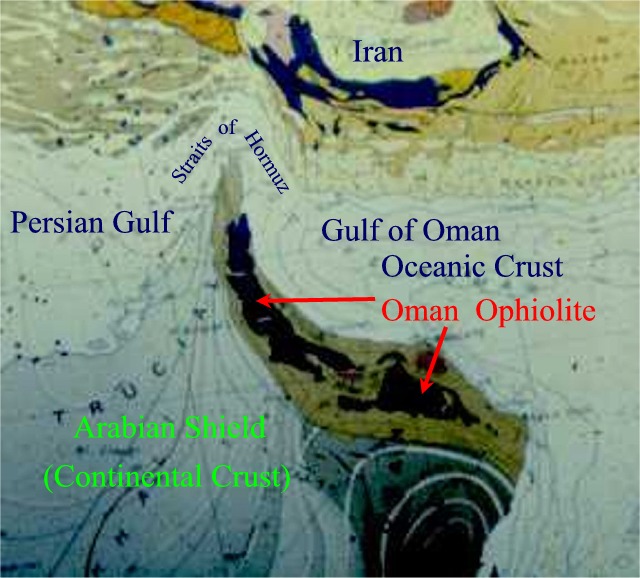

Neo-Proterozoic-Palaeozoic: basement of schists, gneisses and amphibolite that have been invaded by granitic plutons.Perm-Triassic: carbonates, clastic, phyllite, schists and quartzite that have been invaded by acidic magmatism (quartz porphyries).Triassic: clastic with volcanic giving way to carbonate platforms that grade up into dolomites, some of which have been metamorphosed to marble.Triassic-Jurassic: basic and acidic magmatism, and associated ophiolitic crustal rifting and obduction of ultrabasic rocks.Early Cretaceous: conglomerates, sandstones and silts.Upper Cretaceous “flysch”: marly limestones, sandstones and conglomerates.Late Cretaceous “molasses”: shallow-water carbonates and clastic.Oligo-Miocene: conglomerates, clays and limestones, accompanied by acidic to intermediate magmatism.Upper Miocene-Pliocene: formation of lignite from the accumulation and subsequent decay of vegetation in sedimentary basins.Holocene: scree formed from weathering of mountains and alluvium deposited by the rivers.The geology is characterised by substantial structural features on a regional scale, including normal faulting and thrusting.Ī general simplification of the stratigraphic sequence is as follows. Kosovo has a varied geology that ranges in age from the Neo-Proterozoic to the Holocene.


 0 kommentar(er)
0 kommentar(er)
